Tbilisi's Timeless Architecture and History
Join us for a captivating free walking tour exploring Tbilisi's rich architecture and history, Архитектура, история, на 2 часа.
Time
3 Hours
Stops
6 Places
Distance
2.7 km
Metekhi Church
Begin your journey at the Metekhi Church, a 13th-century architectural marvel perched on a cliff overlooking the Mtkvari River, offering a glimpse into Tbilisi's religious and historical roots.
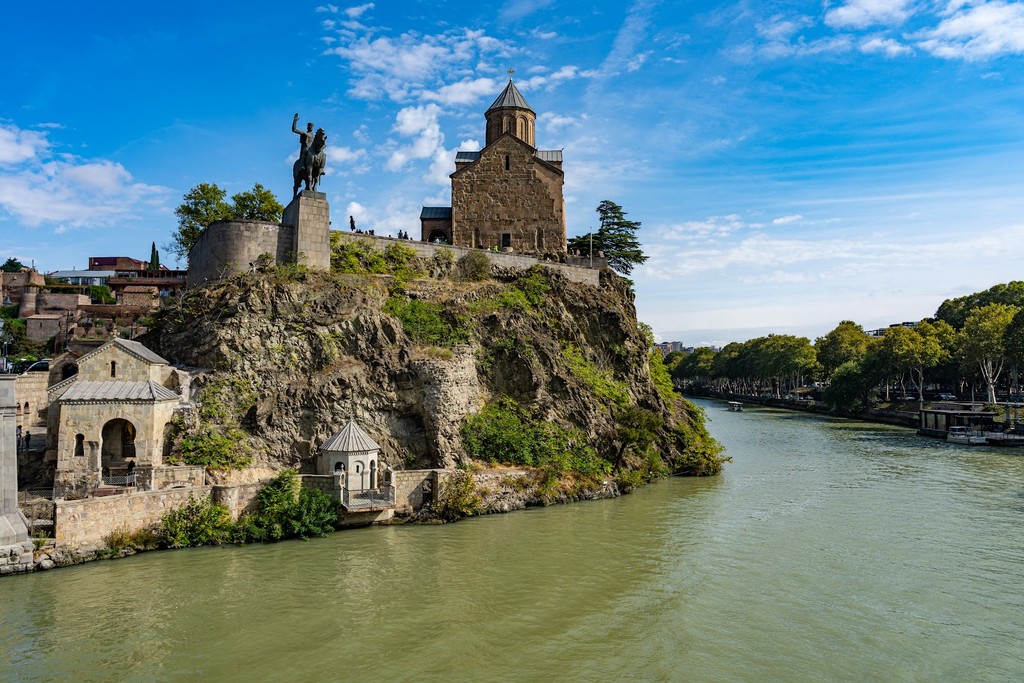
Metekhi Church (Source: Google Maps)
Metekhi Church, a 13th-century marvel, stands majestically on a cliff above the Mtkvari River. This historical site is tied to the legend of King Vakhtang I, who is said to have founded Tbilisi. The church features a unique blend of Georgian architectural styles, with its intricate stone carvings and beautiful frescoes. It has been a witness to many historical events, including invasions and religious transformations. The stunning views from the church overlook the river and the city, making it a perfect spot for reflection on Tbilisi's past.
Abanotubani (Sulfur Baths District)
Descend to the historic Abanotubani district, known for its distinctive sulfur baths, which highlight the city's ancient tradition of public bathing and relaxation.
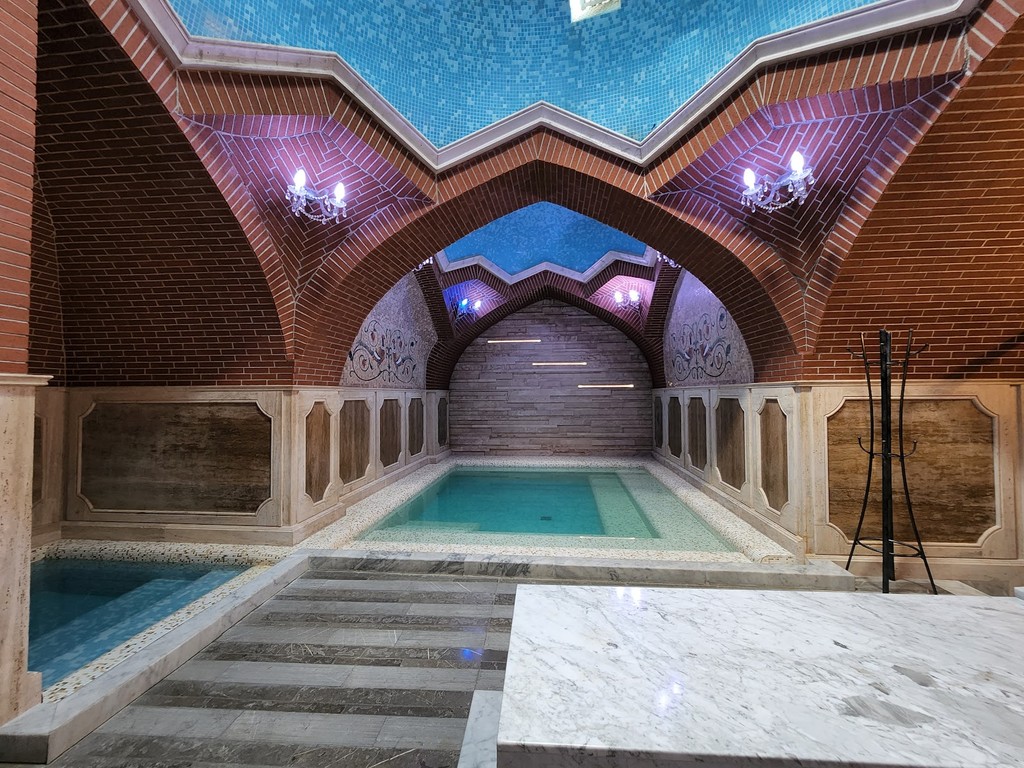
Abanotubani (Sulfur Baths District) (Source: Google Maps)
The Abanotubani district is famous for its sulfur baths, which have been a part of Tbilisi's culture for centuries. These baths, with their distinctive domed roofs, are not only a place for relaxation but also a significant aspect of the city's social life. The sulfur springs are believed to have therapeutic properties, attracting locals and visitors alike. The area's history dates back to the founding of Tbilisi, with legends suggesting that the city was established around these healing waters. Today, Abanotubani remains a vibrant neighborhood, showcasing the unique architectural styles of the bathhouses.
Narikala Fortress
Walk uphill to the Narikala Fortress, an ancient symbol of Tbilisi's defense, where you can explore the ruins and enjoy panoramic views of the city.
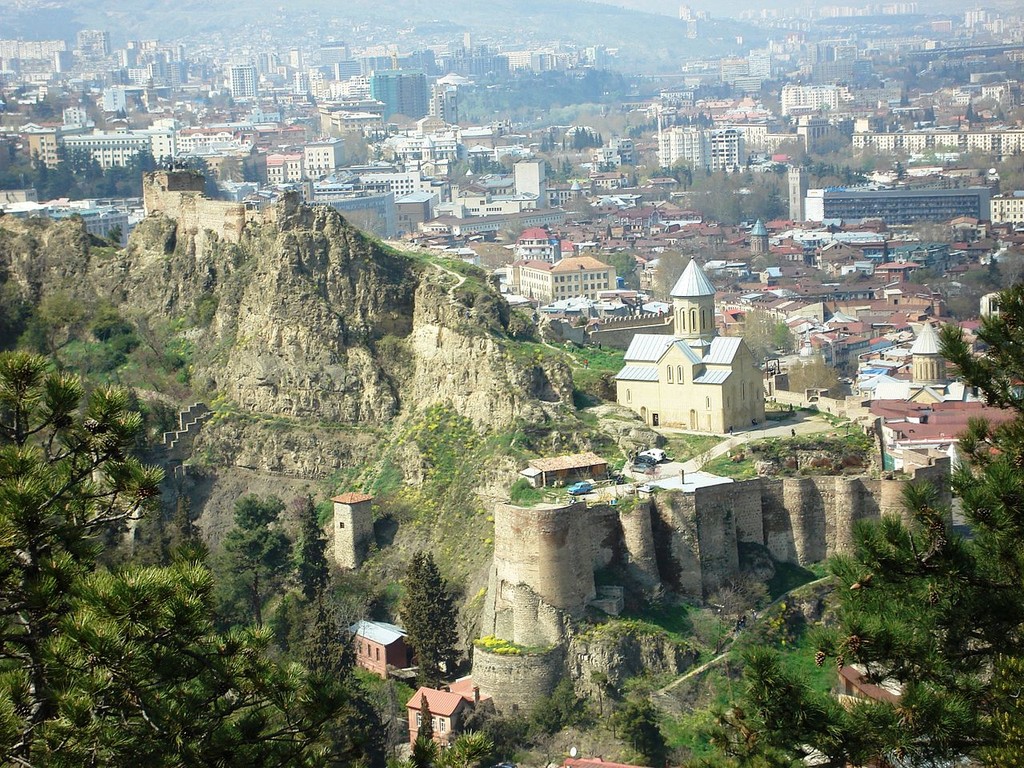
Narikala Fortress (Source: Google Maps)
Narikala Fortress is an ancient citadel that overlooks Tbilisi, dating back to the 4th century. Originally built as a Persian fortification, it has been expanded and modified over the centuries by various rulers, reflecting the city's tumultuous history. The fortress offers spectacular views of Tbilisi and the surrounding areas, making it a popular spot for tourists. Visitors can explore the ruins and enjoy the blend of history and nature. The site also holds a significant place in Georgian culture, symbolizing resilience and the enduring spirit of the people.
Sioni Cathedral
Head towards Sioni Cathedral, a significant religious site that has been a central part of Tbilisi's spiritual life since the 6th century.
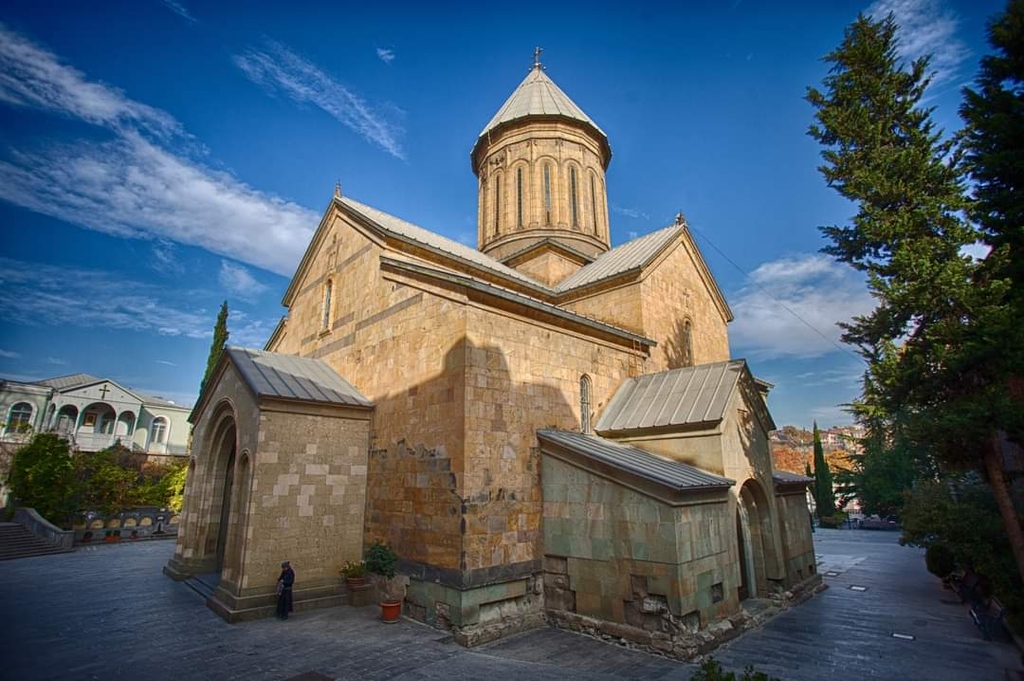
Sioni Cathedral (Source: Google Maps)
Sioni Cathedral is one of the most important religious sites in Tbilisi, with roots tracing back to the 6th century. The cathedral is a stunning example of Georgian ecclesiastical architecture, featuring a mix of styles due to various renovations over the centuries. It houses several significant religious artifacts, including the cross of St. Nino, the patron saint of Georgia. The cathedral has played a crucial role in the spiritual life of the city and is often a center for religious celebrations. Its beautiful frescoes and tranquil atmosphere make it a must-visit for those interested in Georgian heritage.
Anchiskhati Basilica
Continue to the Anchiskhati Basilica, the oldest surviving church in Tbilisi, showcasing early medieval Georgian ecclesiastical architecture.
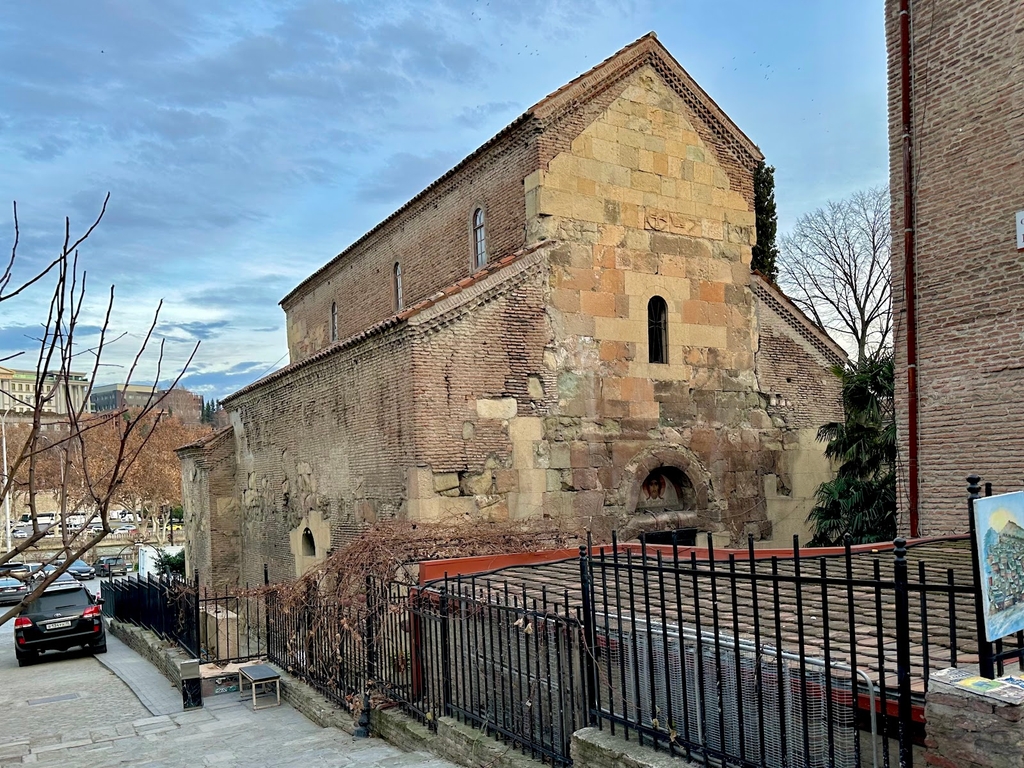
Anchiskhati Basilica (Source: Google Maps)
Anchiskhati Basilica is the oldest surviving church in Tbilisi, originally built in the 6th century. This basilica is a prime example of early medieval Georgian architecture, showcasing the unique characteristics of the period. The church's name derives from the Anchiskhati icon, which is believed to have miraculous powers. The interior features stunning frescoes and a simple yet elegant design that reflects the early Christian influences in Georgia. Anchiskhati holds a significant place in the hearts of locals, serving as a spiritual center and a testament to the enduring legacy of Georgian Christianity.
Bridge of Peace
Conclude your tour at the modern Bridge of Peace, an iconic pedestrian bridge that symbolizes the fusion of Tbilisi's ancient heritage with its contemporary aspirations.
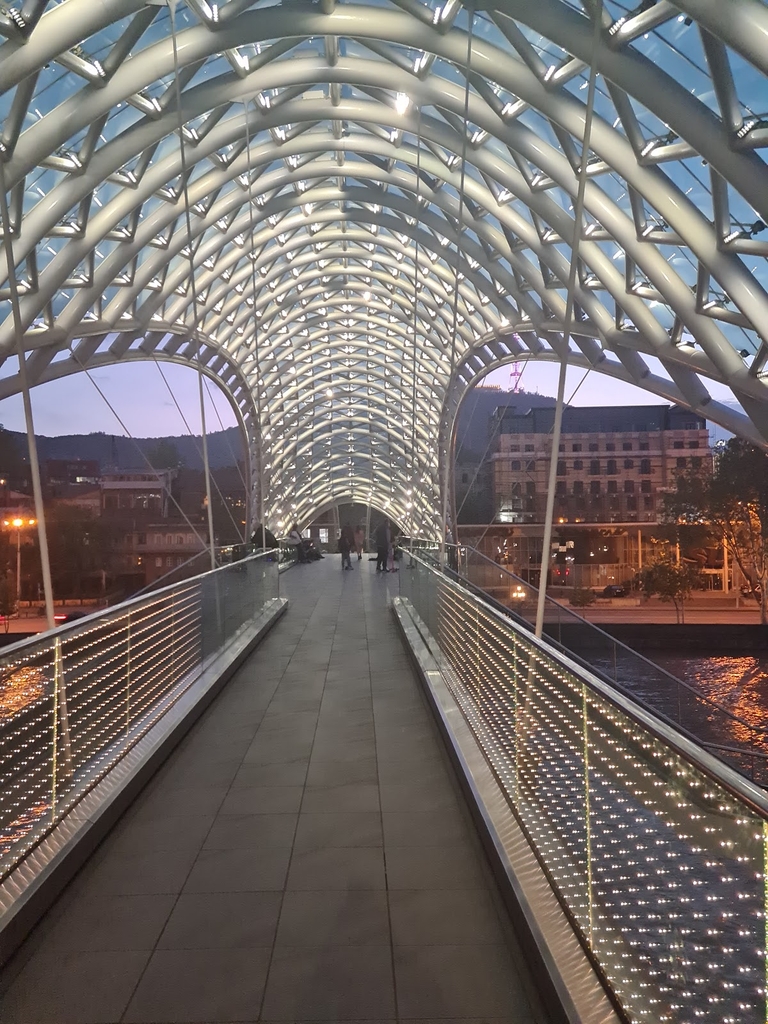
Bridge of Peace (Source: Google Maps)
The Bridge of Peace is a modern architectural landmark in Tbilisi, completed in 2010. This pedestrian bridge, designed by Italian architect Michele De Lucchi, symbolizes the connection between the old and new parts of the city. Its unique design features a steel and glass structure illuminated by thousands of LED lights, creating a stunning visual effect at night. The bridge represents Tbilisi's aspirations for a harmonious future, blending its rich history with contemporary ideals. It serves as a gathering place for locals and tourists, offering breathtaking views of the city and the surrounding landscape.

Your travels, your rules.
Create your own Free Walking Tours.
Set your preferences, distances and anything you want to do or see.
Completely free, no payment required.